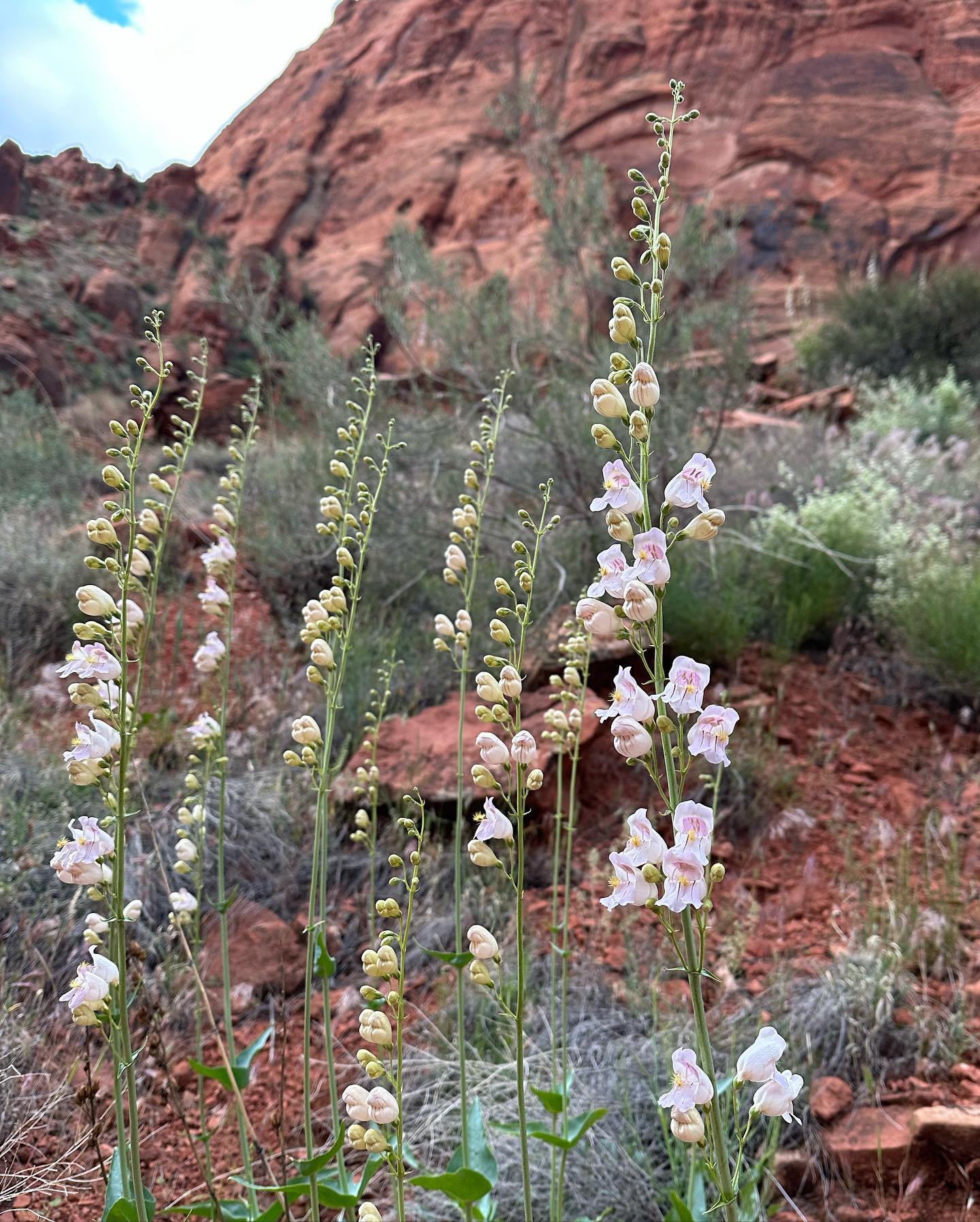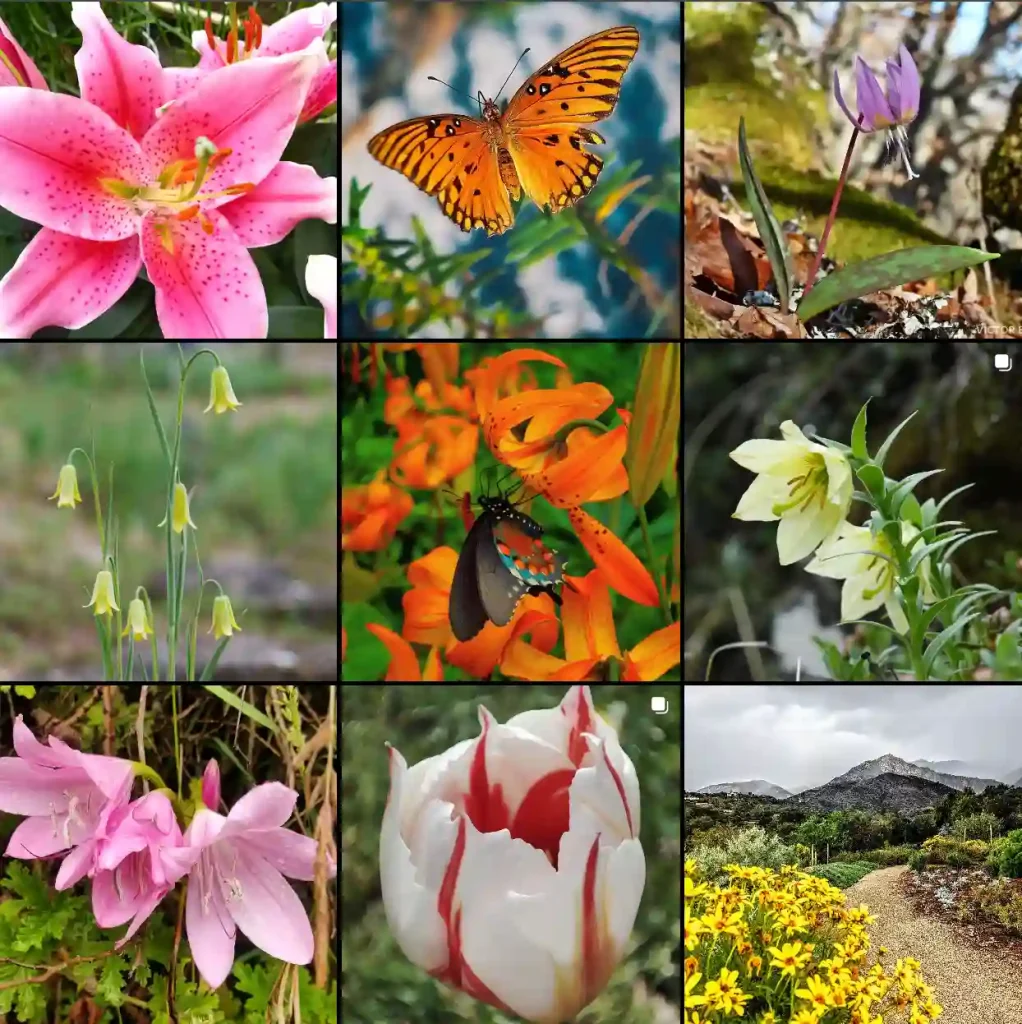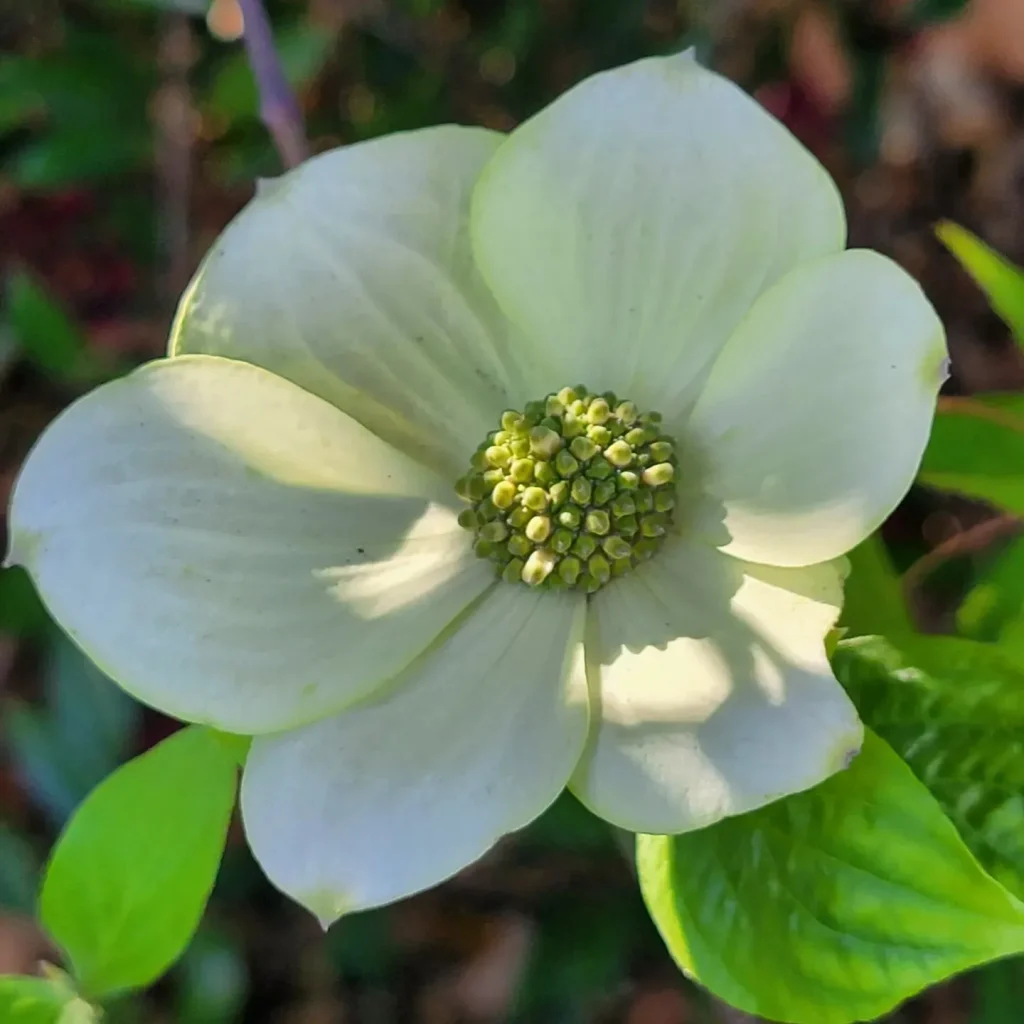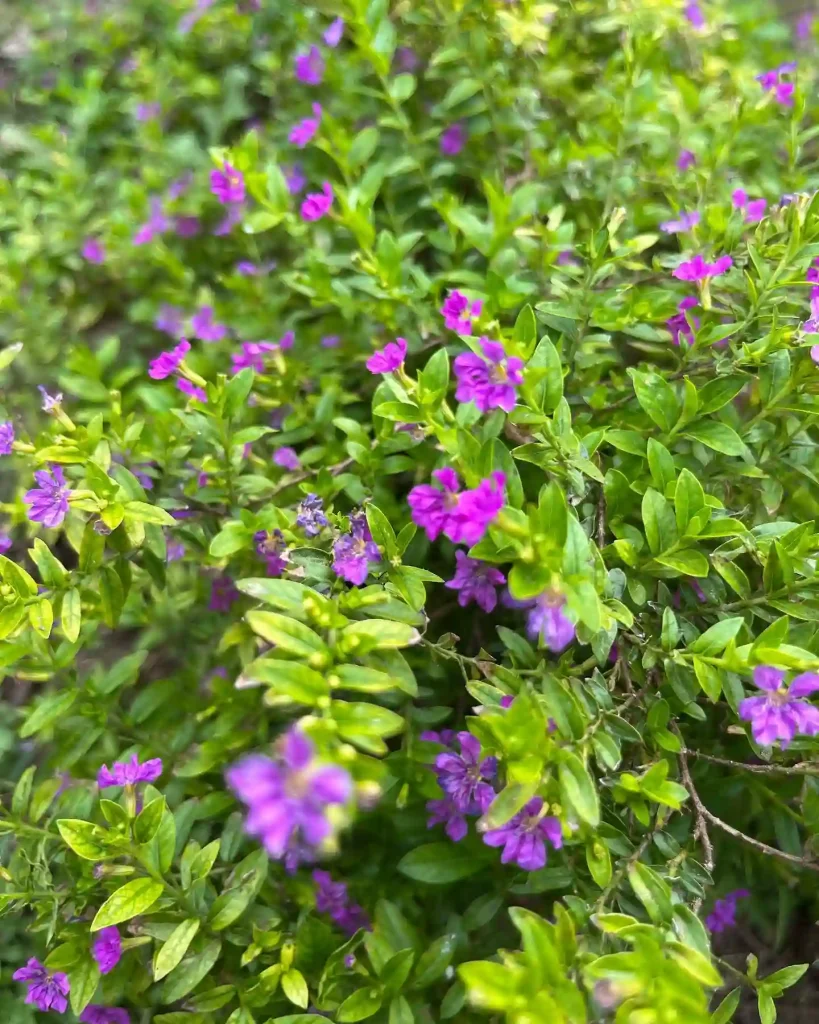Oncoba spinosa: The Fascinating Fried Egg Tree – FAQs by Ferb Vu
Hi everyone, Ferb Vu here! Today, we’re diving into the world of a captivating plant – the Oncoba spinosa, also known as the Snuff-box tree or, more whimsically, the Fried Egg Tree.
This unique tree has garnered attention for its striking flowers that resemble, well, fried eggs. But there’s more to Oncoba spinosa than meets the eye. Let’s explore some frequently asked questions about this interesting species.
What is Oncoba spinosa?
Oncoba spinosa is a small to medium-sized deciduous tree, typically reaching heights of around 5 meters (16 feet). It belongs to the Salicaceae family, which also includes willows and poplars. This tropical beauty is native to Africa, but its cultivation has spread to other warm regions around the world.
What makes the Oncoba spinosa special?
The star of the show for Oncoba spinosa is undoubtedly its flowers. These beauties boast white petals surrounding a bright yellow center, created by a cluster of stamens. The resemblance to a sunny-side-up egg is uncanny, hence the nickname “Fried Egg Tree.”
Beyond aesthetics, Oncoba spinosa offers some practical benefits. Its wood is considered moderately durable and can be used for various purposes. In some regions, the bark is used traditionally for medicinal purposes, although scientific research on its effectiveness is limited.
How does Oncoba spinosa compare to other flowering trees?
Oncoba spinosa stands out for its unique flower shape. Compared to other flowering trees known for their blooms, like cherry blossoms or magnolias, Oncoba spinosa’s flowers are smaller but possess a distinct charm. Here’s a quick breakdown:
- Flower size: Oncoba spinosa flowers are generally smaller than cherry blossoms or magnolias, typically measuring a few centimeters in diameter.
- Bloom season: Oncoba spinosa flowers throughout the year in warm climates, unlike cherry blossoms or magnolias with a specific blooming period.
- Fragrance: Oncoba spinosa flowers are not known for a strong fragrance, contrasting with the sweet scent of cherry blossoms or magnolias.
Is Oncoba spinosa difficult to grow?
Oncoba spinosa thrives in warm, sunny climates with well-drained soil. It’s relatively easy to propagate from seeds, although initial growth might be slow. Patience is key! Here are some basic care tips:
- Sunlight: Full sun is ideal.
- Soil: Well-draining, slightly acidic soil is preferred.
- Watering: Water regularly during the growing season, allowing the soil to dry slightly between waterings. Reduce watering frequency in cooler months.
- Fertilizer: A balanced fertilizer applied occasionally during the growing season can benefit the plant.
Can Oncoba spinosa be grown indoors?
Oncoba spinosa prefers the warmth and sunlight of an outdoor environment. However, if you live in a cooler climate, you might attempt growing it in a large pot indoors, provided sufficient light and warmth are available. Be prepared to provide extra care, as mimicking the ideal conditions can be challenging indoors.
Where can I find Oncoba spinosa?
Oncoba spinosa might be available at specialized nurseries or online plant retailers that cater to exotic species. If you’re lucky, you might even encounter it in botanical gardens with collections of tropical plants.
Final Thoughts on Oncoba spinosa
Oncoba spinosa is a captivating tree that offers a delightful combination of visual intrigue and potential practical uses. Its unique flowers add a touch of whimsy to any landscape, and its ease of care makes it a good choice for gardeners in warm climates. So, if you’re looking for a conversation-starting addition to your garden, consider the Oncoba spinosa – the Fried Egg Tree that might just become your sunny-side-up favorite.
If i die, water my plants!



